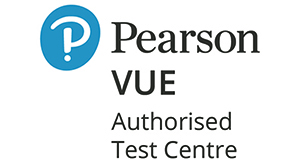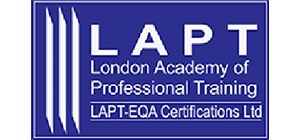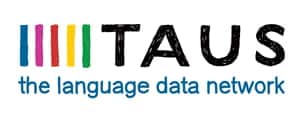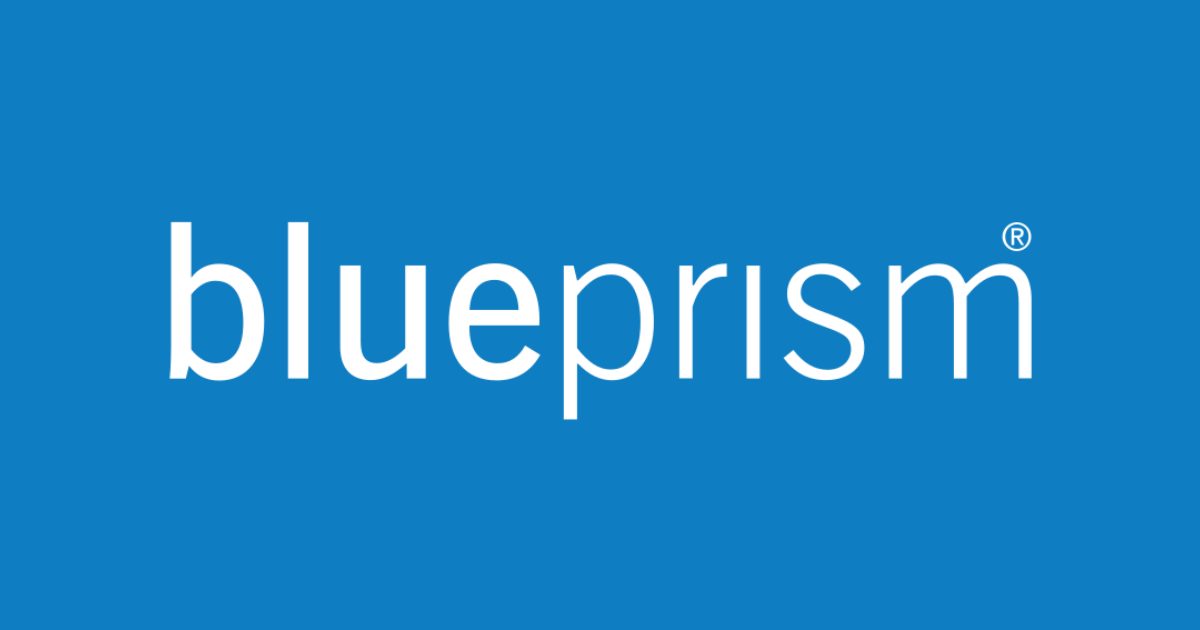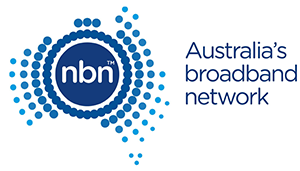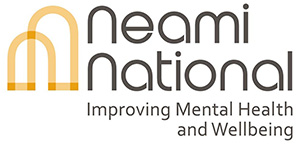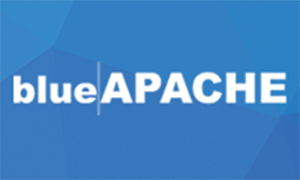Foundation Certificate in User Experience (UX) Certification Training
User Experience – UX design course
BCS Foundation Certificate in User Experience (UX) is ideal for professionals interested in developing an understanding of the principles behind optimal design and architecture. The UX design course helps improve the user experience for customers and would like to apply their learnings from this certification training course in a business environment.
The candidates in the user experience UX design course will learn about guiding principles, user research, illustrating the context of use, and measuring usability.
The UX design course syllabus includes learning about the skills and knowledge of the design and evaluation of user interfaces, gaining an understanding of interaction design, visual design, user interface prototyping, user-centred design, usability and user experience, user acceptance testing, conceptual design, programming, the context of use, iterative design, and behavioural data etc.
The User Experience Foundation certification training course is appropriate for professionals working as interface designers, usability engineers, requirement engineers, and product managers.
By attending the training course and passing the certification for BCS Foundation Certificate in User Experience (UX), candidates prove their ability to classify and organise information; organise, structure and label content, functions and features; carry out an open and a closed card sort; and compare and contrast an implementation model, a mental model and a conceptual model.
The BCS Foundation Certificate in User Experience (UX) certification training course is offered in Melbourne, Sydney, Brisbane, Adelaide, Canberra, and Perth. The training for this certification course is provided both in-house and live (online).
There are no pre-requisites for this course.
- Professionals interested in the design and evaluation of user interfaces
- Interface Designers
- Usability Engineers
- Requirement Engineers
- Product Managers
User Experience Foundation course material provided
Candidates can achieve this certification after passing the following exam(s).
- UX01: BCS Foundation Certificate in User Experience
The certification exam can be registered and attempted within 3 months of course/module completion at Logitrain training centre on weekdays during business hours (excludes public holidays).
- Guiding Principles
- User Research
- Illustrating the Context of Use
- Measuring Usability
- Information Architecture
- Interaction Design
- Visual Design
- User Interface Prototyping
- Usability Evaluation
This course is likely to add to the employment-related skills of the participants. The skills developed are likely to be used in the course of being an employee or working in a business.
- Articulate the importance of taking the users’ perspective
- Paraphrase the key principles of user centred design
- Recall ISO9241 as an important standard in the field of usability
- Have an understanding of different user perspectives and goals for using a system
- Recall the difference between usability and user experience
- Recall the difference between usability and user acceptance testing
- Summarise the benefits of inclusive design
- State the components of the context of use
- Identify the potential users of the system
- Plan site visits to end users to understand the context of use
- Recognise good and poor questions to ask in user interviews
- Describe the kinds of data that should be collected during a site visit to users
- Interpret the data from a site visit in ways that can be used to develop a shared knowledge of the context of use
- State the difference between observation and interpretation
- List discount usability research techniques that can be used to understand the context of use, such as diary studies
- State the key principles of contextual inquiry
- Define affinity programming
- Choose the appropriate research method to understand the context of use
- Demonstrate the difference between opinion-based and behaviour-based research methods
- Recognise that requirements gathering, and conceptual design should be truly inclusive
- Illustrate the specific users of the system
- Write descriptions of users that can be used for design
- Explain the rationale for focussing on user needs
- Interpret key user needs
- Explain that including too many choices in a user interface increases the cognitive load on users
- State the elements of a user story
- Define usability
- Illustrate how the definition of usability can be used to construct measures of usability
- Demonstrate how to choose between good and poor design ideas by using behavioural data
- Illustrate the role design experiments play in validated learning
- Identify the strengths and weaknesses of multivariate testing as a method for choosing between design alternatives
- Explain the value of iterative design
- Recall that good and bad user experiences have an emotional reaction on users
- Recognise the way information flows between a person and a product or service
- Choose appropriate schemes for classifying and organising information
- Organise, structure and label content, functions and features
- Describe the steps in carrying out an open and a closed card sort
- Compare and contrast an implementation model, a mental model and a conceptual model
- State the concept of affordance
- Describe different user interface design patterns
- Choose the correct interactive control in a user interface design
- Describe how the choice of user interface control has an impact on the time it takes users to achieve their goals
- Define the concept of progressive disclosure
- State the difference between interaction design and information architecture
- Explain why user interface consistency is an important design principle
- State the importance of focussing on the user’s tasks when designing the flow of a user interface
- List fundamental principles of visual design
- Identify good and poor page layouts
- Define eye tracking as a research methodology and recall key insights from eye tracking research
- Describe the advantages and disadvantages of using metaphorical representations in visual design
- Choose between different types of prototype, for example paper and electronic, and recall the merits of each
- Recognise the appropriate type of prototype for the phase of design
- Describe the differences between prototypes and sketches
- Recognise the importance of identifying multiple different design solutions before deciding on a specific design solution
- Sketch paper prototypes
- Recall Nielsen’s Usability Heuristics and have an awareness of other usability principles
- State the different kinds of usability evaluation
- Plan usability evaluations to test design hypotheses
- Record the data from usability evaluations
- Interpret the data from usability tests to distinguish high and low severity usability problems
- Moderate a usability test
- State the difference between a usability inspection and a usability test
- Choose between good and poor tasks for a usability test
- State the difference between observation and interpretation
- Identify W3C’s Web Content Accessibility Guidelines as an important standard in the field of web accessibility

Get a certificate of attendance to prove your commitment to learning

Take the official vendor certification exam at the Logitrain training centre

Course material in digital format is included for flexibility and ease of use

Mock test is included in the full-time courses to assist with your preparation

Our trainers are highly skilled with expertise and extensive hands-on experience

Relax, we will beat competitor’s advertised price in Australia. Our course has no extra costs
| Location | Type | Duration | Price | Dates | |
|---|---|---|---|---|---|
| Location | Type | Duration | Price | Dates |
The supply of this course/package/program is governed by our terms and conditions. Please read them carefully before enrolling, as enrolment is conditional on acceptance of these terms and conditions. Proposed dates are given, courses run subject to availability and minimum registrations.
Find out why we are the leading choice to help boost your career in Australia
| Approachable and knowledgeable; comfortable surroundings. Logitrain does make IT training easier |
I recently followed the ITIL Foundation course at Logitrain. The training, materials and facilities were excellent and I would not hesitate to train with Logitrain again.
Thanks for a great week! Really enjoyed and feel I picked up a lot. Great Trainer! Will definitely look at further studies here.
Well-presented and able to convey immense knowledge to class. All queries were responded to promptly.
Excellent teaching method, easy to understand.
Logitrain provided a valuable insight into ITIL and enabled me to excel and advance my knowledge through a simple and well organised series of sessions.
Great place to study for certification, knowledgeable persons, excellent customer service. Ready to answer queries on the spot, very helpful.
The trainer was very patient and gave everybody the opportunity to participate.
The trainer explained everything very well. Logitrain was very helpful for me in getting a better overall understanding of CCNA. I previously had studied it 2 years earlier but required revision
Over 1000 organisations have relied on Logitrain to be their trusted training partner.

Don’t Wait. Please fill the form now.





